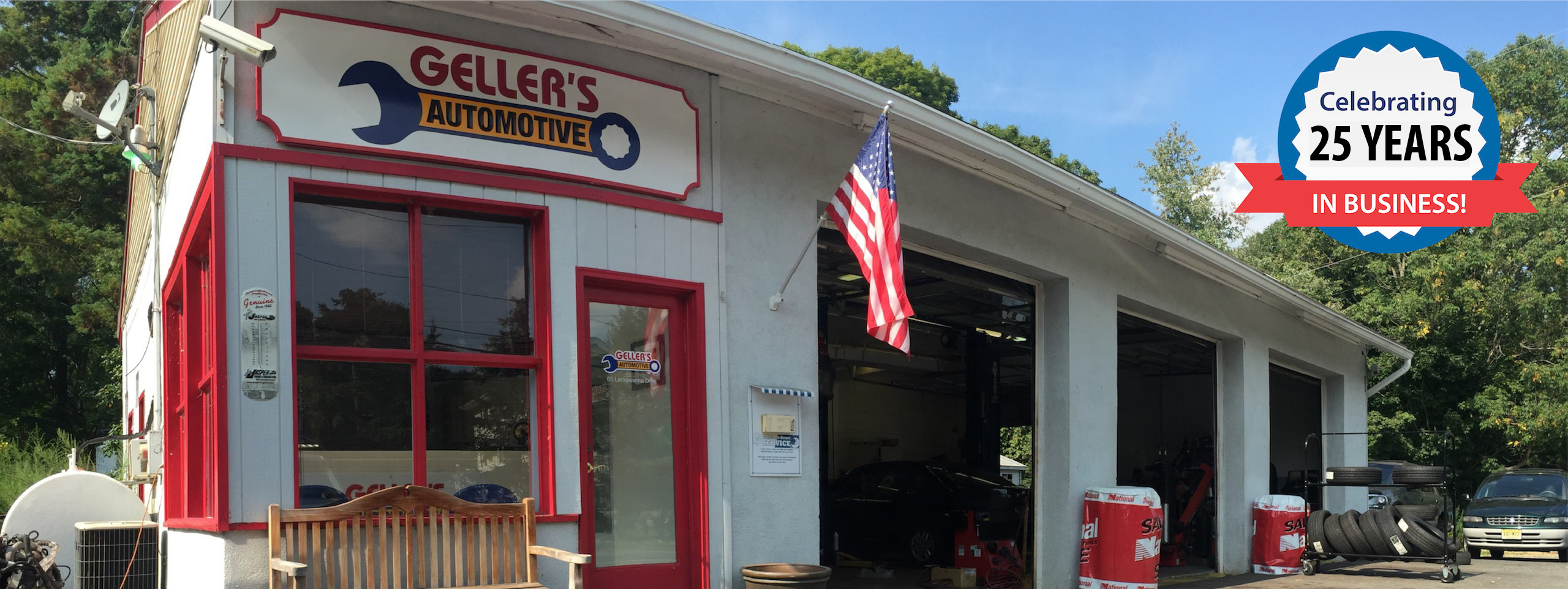 How you handle this situation depends on why the tire air pressure monitoring system warning light turned on. The first course of action is to check the air pressure in all your tires. But, what if the air pressure in your tires is fine? What next? Read on to find out why your tires have a monitoring system, how it works, and what to do in the event the tire air pressure warning light comes on.
How you handle this situation depends on why the tire air pressure monitoring system warning light turned on. The first course of action is to check the air pressure in all your tires. But, what if the air pressure in your tires is fine? What next? Read on to find out why your tires have a monitoring system, how it works, and what to do in the event the tire air pressure warning light comes on.
Why is My Vehicle Equipped with a Tire Air Pressure Monitoring System?
Very simply stated, your vehicle is equipped with a tire pressure monitoring system (TPMS) to help you make sure your tires are properly inflated. The majority of people don’t check their tire air pressure once a month, as recommended. Under-inflated tires can can serious accidents. In fact, the National Highway Transportation Safety Administration (NHTSA), credits under-inflated tires and overloaded vehicles as a major cause of tire failure. Additionally, an estimated 11,000 tire-related crashes cause almost 200 deaths each year! In response, the government requires most vehicles sold in the United States, since 2007, to include a TPMS.
How Does the Tire Pressure Monitoring System Work?
Your vehicle is equipped with one of two types of tire pressure monitoring systems – direct and indirect. A direct TPMS uses sensors to monitor the pressure within each tire. The sensors are monitoring the air tire pressure data and sending this information to a centralized control module. If the tire pressure in one or more of your tires is low, the tire pressure warning light will illuminate on your dashboard. An indirect TPMS uses wheel speed sensors that are part of your anti-lock braking. These sensors gauge how fast your tires are revolving to determine the relative size of your tires. If the wheel starts to spin faster than expected, your car’s computer assumes the tire is underinflated and lights up the TPMS warning light on your dashboard.
What Should I Do if the Light Comes On?
- While You’re Driving:If the TPMS light comes on while you’re driving, you should find a safe place to stop and check the tires. Unless you can visibly see a flat tire, it’s a good idea to use a tire pressure gauge to check the air pressure in each tire. Remember to use the tire air pressure that’s indicated on the label found inside the driver’s side door panel (do not use the air pressure identified on your vehicle’s tires). If one or more tires is low, add enough air to bring them back to the recommended tire inflation.
Quick Tip: Carry a Tire Gauge in your vehicle’s glovebox and make a habit of checking air pressure once a month, when the tires are cold.
- In Cold Weather:Colder weather causes the tire air pressure to drop. If the pressure goes below the threshold for your TPMS, the dashboard warning light will go on. If this happens, add air, but be careful not to over-inflate your tires.
Quick Tip: On some vehicles, you’ll need to reset the TPMS Warning Light after the tires have been inflated. This can be done by pressing a button on your instrument panel.
What Happens in the TPMS Warning Light Remains On or Comes Back On?
If the light stays on after you’ve added air (and reset the warning light, if needed), there’s a problem with the TPMS (assuming you don’t have a slow leak in a tire). This means there is either a bad pressure sensor in one of the wheels, one of the internal lithium-ion batteries has gone dead, or the TPMS has identified an internal fault in the system that is preventing it from functioning properly. Have the TPMS replaced.
Quick Tip: If this light comes back on, check the tire again to make sure the tire has the proper air inflation pressure. If the tire is low, you have an air leak and should have the tire fixed.
If your vehicle is equipped with an Indirect TPMS and the light comes on, it may mean the wheel speed sensor is bad. If this is the case, the ABS Warning Light should also come illuminate on your dashboard.
Geller’s Automotive in Byram, New Jersey, Can Fix Your Tire Air Pressure Monitoring System
If you’ve got a Tire Pressure Monitoring System light on your dashboard that won’t turn off, there’s a problem. Geller’s Automotive has a Tire Pressure Monitoring System Tool that can diagnose the cause of the problem and get the system fixed for you. Click here to make an appointment to have your TPMS fixed in Byram, New Jersey.



